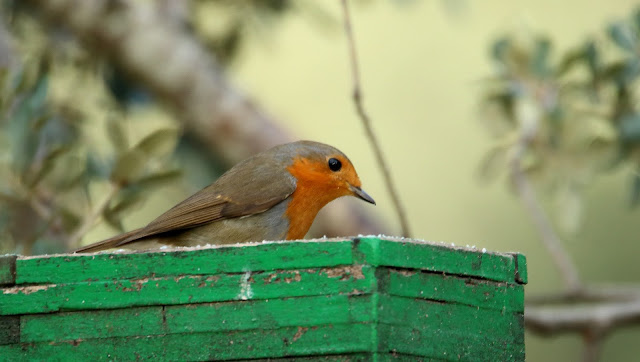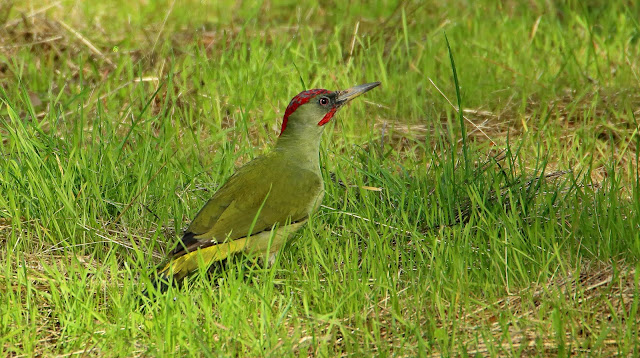En el siguiente enlace podéis ver nuestros próximos viajes nacionales y al extranjero y nuestra nueva web. Espero que os gusten ambas.
In the following link you can check our upcoming national and foreign trips and our new website. I hope you like them.
Hola de nuevo.
Hi again.
En esta ocasión os muestro unas fotos que tomé en un paseo matutino por la Casa de Campo. El objetivo del paseo era sacar algunas fotos a los herrerillos capuchinos (Lophophanes
cristatus) que tanto me gustan y no son fáciles de fotografiar.
This time I show you some photos I took in a morning walk at the Casa de Campo. The target of the walk was to take some photos of the Crested Tit that I like and are not easy to photograph.
También se pueden fotografiar otras especies de herrerillos y carboneros con bastante facilidad.
You can also photograph other species of Tits with ease.
El protagonista de esta entrada es el herrerillo capuchino (Lophophanes cristatus).Preciosa ave.
The star of this post is the Crested Tit. Beautiful Bird.
Pero tampoco se puede despreciar la belleza del herrerillo común (Cyanistes
caeruleus).
But the beauty of the Blue Tit can not be ignored either.
¿Y que me decís de los mitos (Aegithalus
caudatus)? Mas de lo mismo.
And what about the Lon-tailed Tits? Another beauty as well.
Éste, el carbonero común (Parus
major), es el menos bonito en mi opinión.
This one, the Great Tit, is less striking in my opinion.
Herrerillo capuchino (Lophophanes
cristatus) otra vez.
Crested Tit once more.
También aparecieron un par de trepadores azules (Sitta
europaea).
Also appeared some European
Nuthatch.
Siempre me llama la atención la cara de bondad de los mitos (Aegithalus
caudatus).
The kindness face of the Long-tailed Tits always strikes me.
Y el prota de nuevo.
And the star again.
Herrerillo común (Cyanistes
caeruleus).
Blue Tit.
También había bastantes petirrojos europeos (Erithacus
rubecula).
There were also many European Robins.
Y gorriones molineros (Passer
montanus).
And Eurasian
Tree Sparrow.
Pico picapinos (Dendrocopos
major).
Great
Spotted Woodpecker.
Pinzón vulgar (Fringilla
coelebs).
Common Chaffinch.
Mosquitero común (Phylloscopus
collybita).
Common
Chiffchaff.
Éste fue el herrerillo común (Cyanistes
caeruleus) que presentaba una coloración más intensa.
This was the Blue Tit which showed a more intense coloration.
Macho de pito real (Picus
viridis sharpei).
Male of European
Green Woodpecker.
Trepador azul (Sitta
europaea).
European
Nuthatch.
And with this photo of a Firecrest I say goodbye to all of you until the next post.
Si queréis suscribiros a este blog de los viajes que hacemos pincha en el siguiente enlace: Suscribirse y haz clic en ¿ Quieres suscribirte a nuestro blog?
If you want to subscribe to this post about the trips we do, click on the following link: Susbcribe and click on: Do you want to subscribe to our blog?































No hay comentarios:
Publicar un comentario